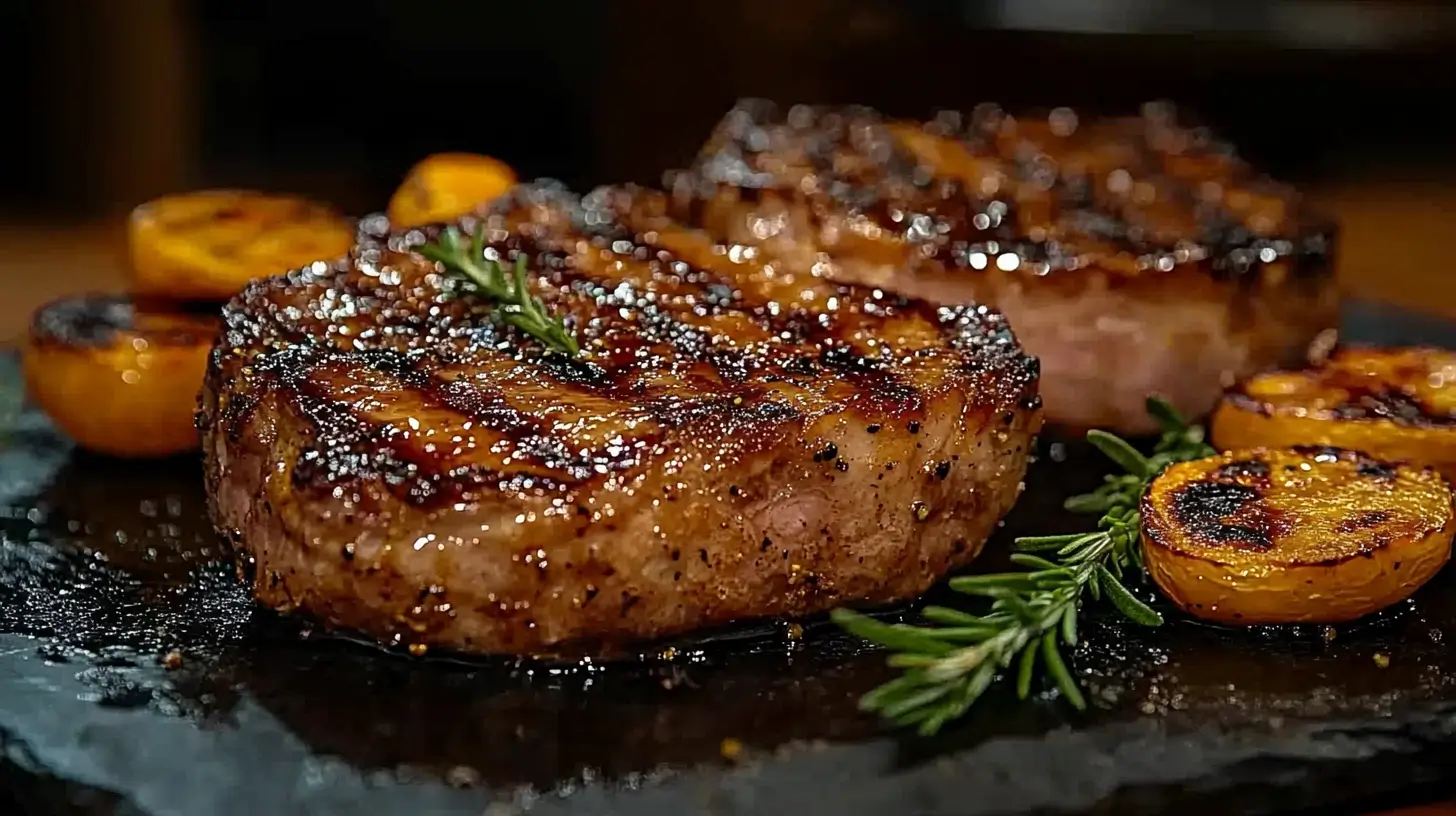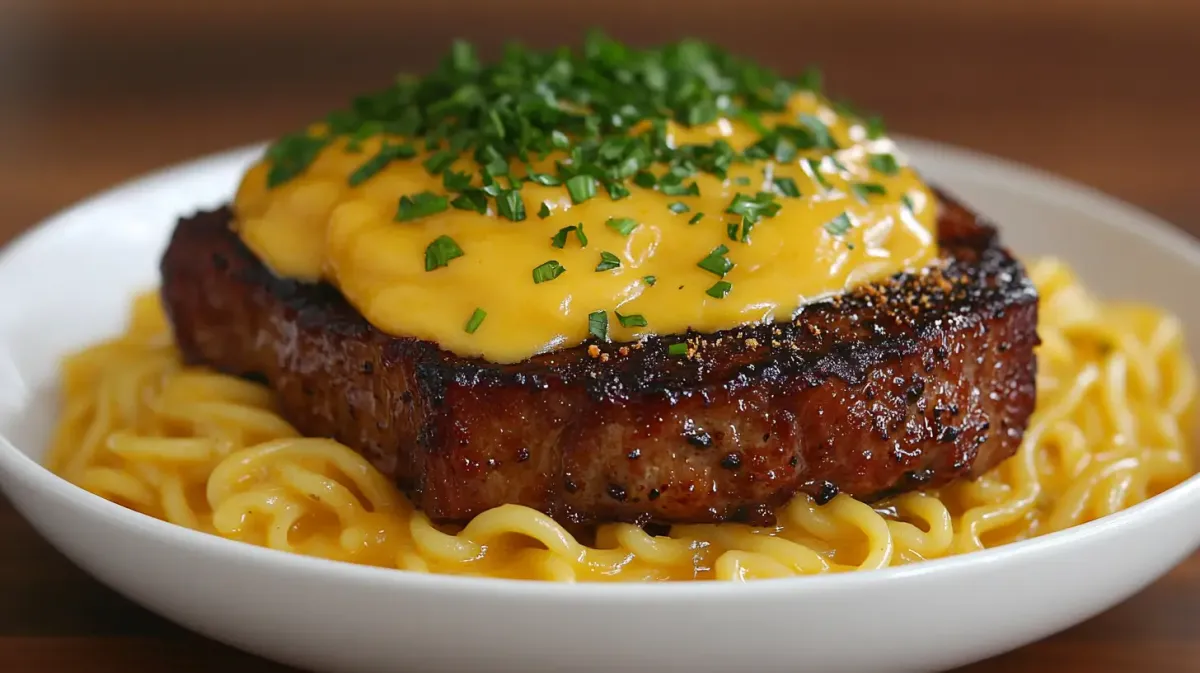- Home
- Pork Chop Vitamins and Minerals
- Iron in Bone-In Pork Chops vs Boneless
Iron in Bone-In Pork Chops vs Boneless
How to compare iron in bone-in vs boneless pork chops for a healthier choice.

The Iron Content Faceoff: Bone-In vs. Boneless Pork Chops
Welcome to the ultimate showdown between bone-in and boneless pork chops, especially when it comes down to their iron content. If you’re like me, choosing between these two might often depend only on personal preference or whatever the recipe demands. But what if there were more nutritional differences between them than meets the eye, particularly in terms of iron content? Whether you're iron-focused for health reasons or just curious, I’m here to deep dive into this topic, sharing insights that could even sway your next pork chop purchase.
Understanding Iron in Your Diet
Iron is a crucial mineral that our bodies need to function correctly. It's primarily responsible for making hemoglobin, a protein in your red blood cells that helps carry oxygen throughout your body. Too little iron can lead to anemia, leaving you feeling tired and short of breath. That’s why choosing iron-rich foods can be an essential part of maintaining healthy energy levels and overall wellness.
Now, meat is a celebrated source of heme iron, which your body absorbs more easily than the non-heme iron found in plant sources. Pork chops, whether bone-in or boneless, offer a good dose of this important mineral.
Does the Bone Make a Difference in Iron Content?
The main question is: does the presence of the bone affect the iron content of pork chops? Initially, one might lean towards a ‘no difference’ stance. However, the bone in meat can have minor effects on the mineral concentrations in the meat that surrounds it—mostly due to cooking methods and the marrow release if the bone is cut in a way that exposes it.
Yet, when it comes to actual iron content, the difference between bone-in and boneless pork chops is relatively negligible. The iron in the meat predominantly comes from the meat itself rather than the bone. So, whether you choose bone-in or boneless chops, the iron intake will largely remain consistent. It's more about the cut and the age of the animal that might contribute slight variations.
Nutritional Comparison Beyond Iron
While the iron content might not vary significantly, there are a few other nutritional differences worth noting between bone-in and boneless pork chops:
- Flavor and Moisture: Bone-in pork chops often have more flavor and can be juicier after cooking, as bones can help retain moisture in the meat.
- Cooking Time: Bone-in chops typically require a bit longer cooking time than their boneless counterparts, which is something to keep in mind if you’re short on time.
- Calories and Fat: Boneless pork chops often contain less fat and calories compared to bone-in chops since they usually have less marbling and external fat.
Although these factors might influence your choice depending on your dietary goals, either type of chop can be a healthful addition to your diet when prepared in a wholesome way.
How to Prepare and Serve Pork Chops for Maximum Iron
To make the most of your pork chops' iron content, how you cook them can play a significant part. Here are some tips to keep in mind:
- Pair with Vitamin C: Adding a squeeze of lemon or serving with vitamin C-rich vegetables like bell peppers can help increase iron absorption.
- Avoid Excessive Calcium: While calcium is essential for health, high amounts can inhibit iron absorption, so maybe save that glass of milk for later.
- Cooking Method: Methods like grilling or pan-frying can help preserve more iron than lengthy cooking processes like slow cooking.
Here's a quick, iron-rich recipe to get you started:
Simple Lemon-Herb Pan-Fried Pork Chop
You’ll need:
- 2 bone-in pork chops (about 1 inch thick)
- 2 tablespoons olive oil
- 1 clove garlic, minced
- Juice of one lemon
- 1 teaspoon dried rosemary, or herbs of your choice
- Salt and pepper to taste
Directions:
- Season the pork chops with salt, pepper, and herbs. Heat olive oil in a skillet over medium-high heat and cook the garlic until fragrant.
- Add the pork chops and cook for about 4-5 minutes on each side or until they reach an internal temperature of 145°F.
- Squeeze lemon juice over the chops in the last minute of cooking.
- Let rest for 3 minutes before serving. Enjoy with a side of sautéed spinach or a fresh salad to boost your meal’s iron content further.
Final Thoughts
While the difference in iron content between bone-in and boneless pork chops might not be substantial, each type brings unique qualities to the table that can suit different cooking styles and dietary needs. Whatever your preference, adding pork chops to your diet can be a delicious and effective way to up your iron intake.
Don’t forget to experiment with flavors and cooking methods and always pair iron-rich foods with the right companions to maximize absorption. Happy cooking!



